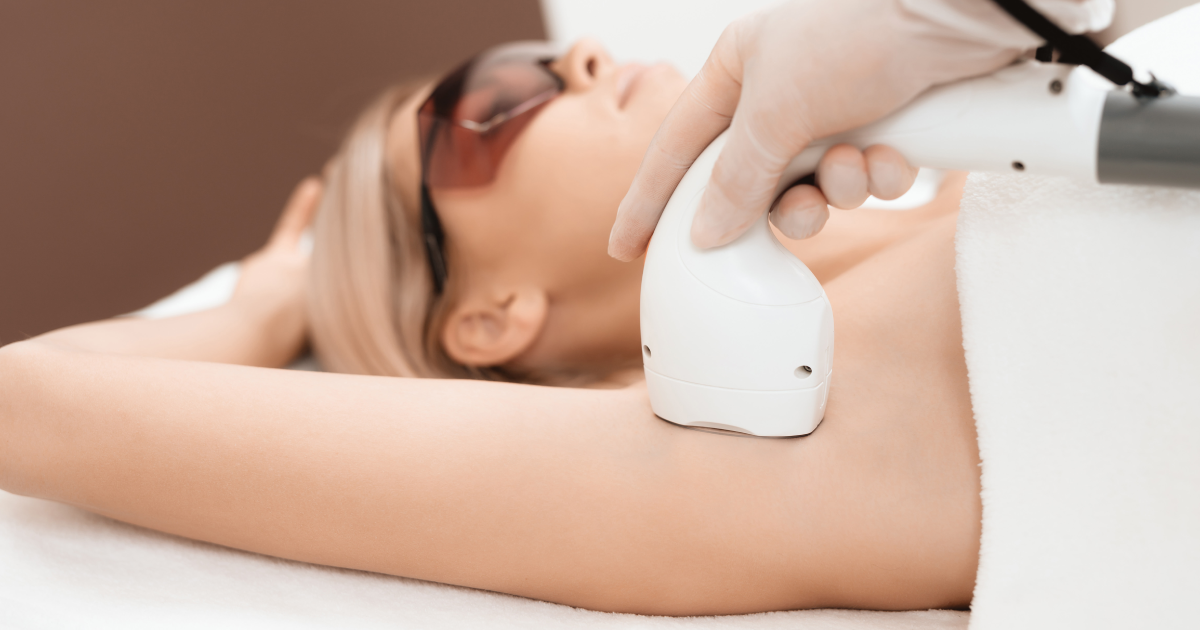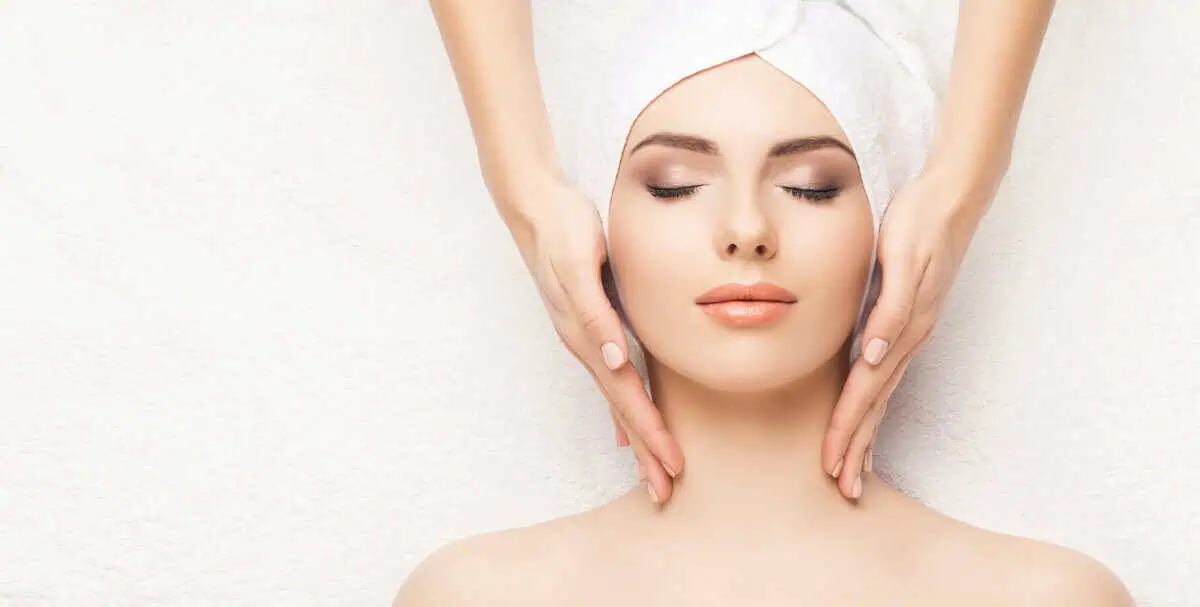Table of Contents
Mole removal is a standard dermatological procedure for medical and cosmetic reasons. While the primary goal of mole removal is often to address concerns such as skin cancer risk or aesthetic appearance, the potential for scarring post-procedure is a significant consideration for many individuals. At Outer Banks Dermatology, we recognize the importance of minimizing scarring and promoting optimal healing outcomes following mole removal.
In this guide, we delve into practical strategies for preventing scarring after mole removal, offering insights into post-procedure care and proactive measures that patients can take to preserve the integrity of their skin. From understanding the mole removal process to implementing targeted skincare routines, we aim to empower individuals with the knowledge and tools to achieve smooth, healthy skin following mole removal procedures.
Join us as we explore the key factors influencing scarring after mole removal and unveil practical approaches to promote optimal healing and minimize the risk of scarring. With a focus on patient education and personalized care, Outer Banks Dermatology is committed to helping individuals navigate the post-mole removal journey with confidence and peace of mind.
What is Mole Removal?
Moles, or nevi, are common skin growths that can appear anywhere. While most moles are harmless, some individuals may choose to have them removed for cosmetic reasons or due to concerns about skin cancer risk. Mole removal is a dermatological procedure to remove unwanted or suspicious moles from the skin.
Methods of Mole Removal
Dermatologists can use various mole removal methods when addressing unwanted or concerning moles. Each technique offers unique advantages and considerations, allowing for tailored treatment approaches based on mole size, location, and patient preferences.
In this section, we’ll explore the standard methods of Mole removal, ranging from surgical excision to laser therapy, providing insights into their respective applications and outcomes.
Surgical Excision
Surgical excision involves cutting out the mole and a surrounding margin of healthy skin using a scalpel or surgical blade. This method is typically used for more extensive or more profound moles and allows for the entire mole to be removed for examination.
Laser Therapy
Laser therapy utilizes focused laser energy to target and break down the pigment cells within the mole. This method is often preferred for more minor, superficial moles and may result in minimal scarring compared to surgical excision.
Shave Excision
Shave excision involves shaving off the raised portion of the mole using a small blade or scalpel. This method is suitable for smaller, protruding moles and may be less invasive than surgical excision.
Electrosurgery
Electrosurgery utilizes high-frequency electrical currents to remove the mole tissue. This method is often used with shave or surgical excision to cauterize the wound and minimize bleeding.
Indications for Mole Removal
Mole removal may be recommended for various reasons, including:
- Suspicion of skin cancer: Moles exhibiting irregular borders, asymmetry, or changes in color or size may warrant further evaluation and potential removal to rule out skin cancer.
- Cosmetic concerns: Individuals may choose to have moles removed for aesthetic reasons, mainly if they are located in visible or prominent areas of the body.
- Irritation or discomfort: Moles that rub against clothing or jewelry or cause irritation or pain may be removed to alleviate symptoms and improve comfort.
Mole removal is a standard dermatological procedure to address various skin health and appearance concerns. Whether for medical necessity or cosmetic enhancement, mole removal techniques such as surgical excision, laser therapy, shave excision, and electrosurgery offer practical solutions for individuals seeking to remove unwanted or suspicious moles from their skin.
The following sections will explore strategies to prevent scarring and promote optimal healing outcomes following mole removal procedures. By understanding the mole removal process and implementing proactive measures, patients can minimize the risk of scarring and achieve smooth, healthy skin post-procedure.
Preserving Skin Health: Strategies to Prevent Scarring After Mole Removal
Mole removal is a standard dermatological procedure performed for various reasons, including cosmetic concerns and medical necessity. While the removal process is relatively straightforward, one potential concern for many individuals is the risk of scarring after the procedure. At Outer Banks Dermatology, we understand the importance of preserving skin health and minimizing scarring post-moly removal risk. This article explores effective strategies to prevent scarring and promote optimal healing outcomes.
Understanding Mole Removal
Before delving into scar prevention techniques, it’s essential to understand the mole removal process. Mole removal can be performed through various methods, including surgical excision, laser therapy, and shave excision. The chosen technique depends on factors such as the mole’s size, type, and location, the individual’s skin type, and medical history.
While Mole removal is generally safe and well-tolerated, the potential for scarring exists, particularly if proper care is not taken during the healing process. Fortunately, there are proactive steps that patients can take to minimize scarring and promote smooth, healthy skin post-procedure.
Strategies for Scar Prevention are as follows:
Follow Post-Procedure Care Instructions
Your dermatologist will provide detailed instructions to promote optimal healing. It’s crucial to follow these instructions diligently, including keeping the treated area clean and dry, avoiding excessive sun exposure, and refraining from picking at scabs or crusts.
Keep the Area Moisturized
Moisturizing the treated area can help keep the skin hydrated and promote healing. Use a gentle, non-comedogenic moisturizer your dermatologist recommends to prevent dryness and irritation.
Protect from Sun Exposure
Sun exposure can exacerbate scarring and delay healing. Protecting the treated area from direct sunlight requires wearing protective clothing and applying a broad-spectrum sunscreen with SPF 30 or higher.
Avoid Irritants
Avoid using harsh skincare products or abrasive exfoliants on the treated area, as these can irritate the skin and potentially worsen scarring. Stick to gentle, hypoallergenic skincare products recommended by your dermatologist.
Attend Follow-Up Appointments
Attend all scheduled follow-up appointments with your dermatologist to monitor the healing progress and address any concerns promptly. Your dermatologist may recommend additional treatments or interventions to optimize healing and minimize scarring if necessary.
Scar-Free Skin: Navigating the Path to Optimal Healing with Outer Banks Dermatology
Mole removal can be an effective solution for addressing cosmetic concerns or medical issues related to moles. However, the risk of scarring is a valid concern for many individuals undergoing this procedure. By following proper post-procedure care instructions and implementing scar prevention strategies, patients can significantly reduce the risk of scarring and achieve optimal healing outcomes.
At Outer Banks Dermatology, we provide comprehensive care and personalized treatment plans tailored to each patient’s unique needs. If you’re considering Mole removal or have recently undergone the procedure, we encourage you to consult our experienced dermatologists. We can ensure your skin remains healthy, radiant, and scar-free.
For more information or to schedule an appointment, visit outerbanksdermatology.com today. Your journey to beautiful, scar-free skin begins here.







